Unwrapping a revolution in female health testing: Will we finally get the answers and support we need?
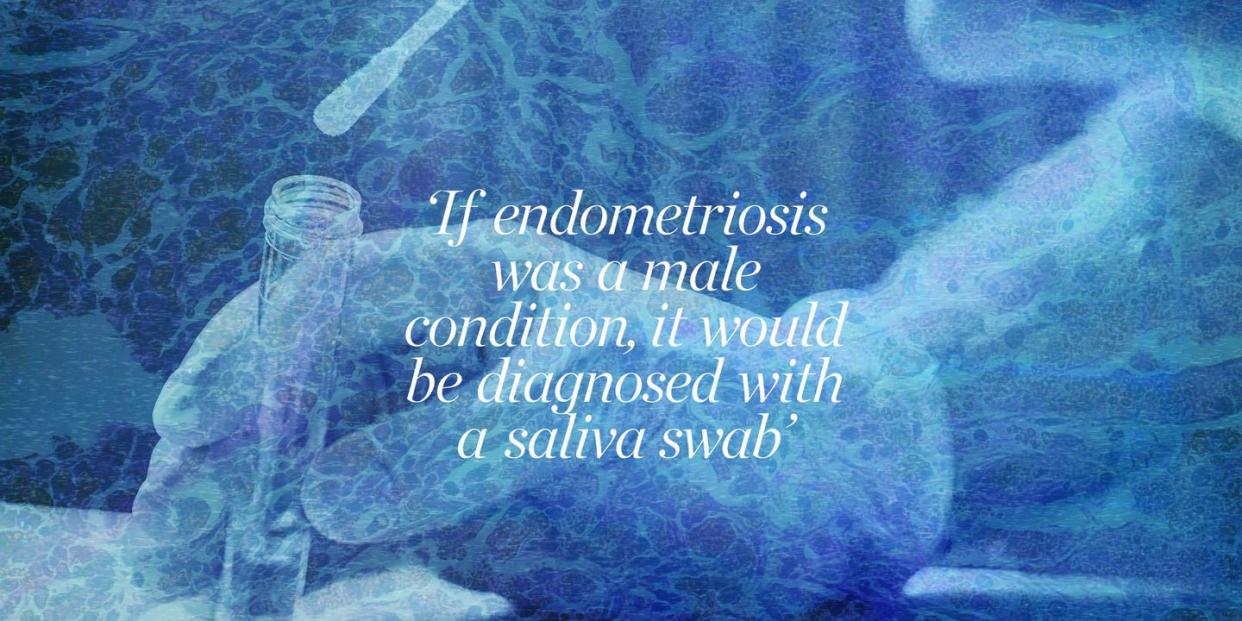
The hardest part about being on the waiting list for endometriosis services isn't the clapping pressure on my spine and pubic bone every time I have a period.
It's that given the average eight-year waiting time from initial symptoms to diagnosis, I can only see things getting more painful before they get better. That sentiment was confirmed when, after 10 years of pain and begging for a referral, I saw a gynaecologist. Delivered alongside a preliminary diagnosis was a reminder that we can't truly know without a laparoscopy. That's the type of keyhole surgery that can find endometrial tissue similar to the lining of the uterus growing outside of the womb (causing symptoms including pain, disabling bowel issues and infertility) and remove it. And so, it's from here that I write to you at the bottom of another waiting list.
It feels archaic that a condition as common as diabetes calls for such invasive procedures. I oscillate between exhaustion (from trying to get answers, via a diagnosis) and fury that I have to experience more pain to be, if not pain-free, then more knowledgeable about the agony I experience. And I’m not alone: 84% of women felt that they haven’t been listened to by healthcare professionals, according to the government’s Women’s Health Strategy for England, while research commissioned by Nurofen also found that less than half of the women surveyed received a diagnosis for their pain within 11 months, compared with two-thirds of men.
Speaking of men, I tell a not-really joke that if endometriosis was a male condition, it would be diagnosed with a saliva swab. So, when news arrived of a urine test that could diagnose women with the condition within eight days rather than eight years, I had to know more about it. Developed by Barbara Guinn, a researcher in biomarkers at the University of Hull, the urine test is capable of identifying whether the patient has superficial or deep endometriosis (whether it sits on the top layer of organs or penetrates within them). The team hope it’ll be the first step in a woman’s journey to diagnosis, available for GPs to test from the initial onset of symptoms.
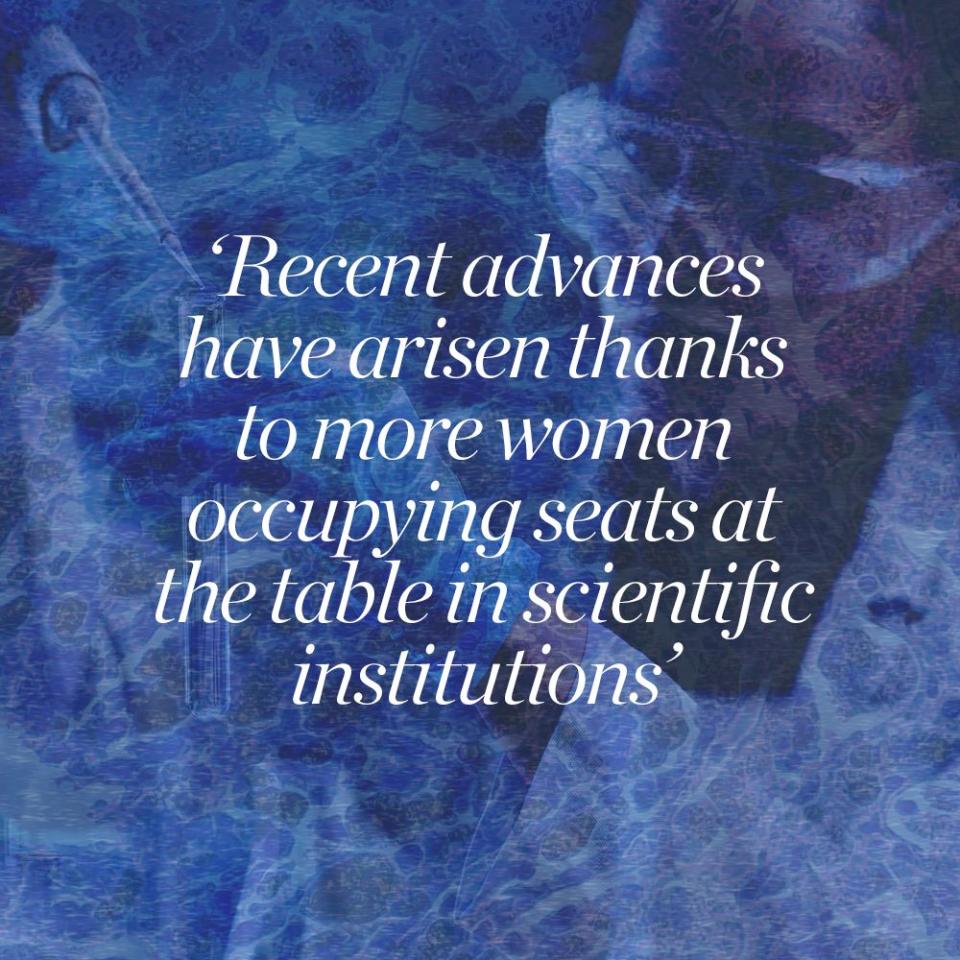
I can’t help but imagine the self-compassion I might have been able to feel a decade ago if I’d just been able to wee on a stick and learn that my pain wasn’t all in my head. Maybe I wouldn’t have forced myself through normal work, social and fitness routines during intense flare-ups because there’s ‘nothing wrong with me’ – the self-gaslighting a mirror image of that directed at me by my doctors. My symptoms would likely have been exactly the same, but I’m confident that I would have been a lot gentler on myself if they’d just been given a name.
But it’s not just endo where change is afoot. Last November saw the female-founded sustainable sanitaryware brand Daye launch its diagnostic tampon, allowing users to collect samples of their vaginal fluids, post it back to the lab to screen for STIs, receive digital results and book an online consultation with a doctor. It’s a welcome disruptor, given that 70% of women with chlamydia don’t notice any symptoms, which are often progressive. Existing tests aren’t adequately used either, with 59% of Brits never having had a sexual health check, according to Bupa Health Clinics.
Elsewhere, researchers from the University of Bristol have built a robot that can ‘feel’ for cancerous tissue in breasts as an alternative to mammograms (where a patient’s breast is placed on one plate then compressed with another, called a paddle, while an X-ray machine produces a small burst of rays that pass through the breast to a detector located on the opposite side). It’s a welcome innovation, given that research indicates up to 79% of women report pain during a mammogram. And it’s just one of many, as research institutions publish studies pointing to the promise of AI-enabled breast cancer diagnostics, with the testing market being projected to be worth $11.3bn (£8.93bn) by 2030 for this cancer alone. Scientists at University College London have also developed a non-invasive PCR test for womb cancer as an alternative to the transvaginal ultrasound scan.
It stands to reason that removing the barrier of painful, protracted diagnostic examinations would change how women feel about, ask for and receive medical help. And innovations in a category that’s been stale for decades, providing half the population with woefully inadequate services, are to be welcomed. And yet, I’ve existed in a woman’s body for long enough that my curiosity comes tinged with scepticism. So, it’s with my own health – and yours – in mind that I ask: what’s behind the sudden boom? And can these changes meaningfully affect our lives when the system, for those at its mercy, feels so utterly broken?
Test and learn
The reasons long given for the lack of scientific breakthroughs in female health treatment plans is invariably some derivative of women’s bodies being ‘too complex’. So, I’m keen to understand what’s changed. Is it that we just know more now? Dr Guinn would say so. ‘There’s starting to be a cultural shift, where researching endometriosis is of more interest to the public,’ she says.
‘But certainly, Big Data and being able to get a snapshot of gene expression in samples via RNA sequencing and next-generation sequencing have played a role. Together with the rapid, open access publishing of scientific research, these advances have had the effect of increasing the pace of research,’ she explains.
Then, in the consumer world, the rise of so-called ‘femtech’ brands has spurred on research into female health. The divisive portmanteau was first coined in 2016 by Ida Tin, the founder of period tracking app Clue, to describe the market of biotech products and services designed to tackle the health issues that only or disproportionately affect women. Research into female conditions by femtech brands rose 700% between 2011 and 2021, directing new technologies – and financial interest – into the under-tapped ecosystem of female health.
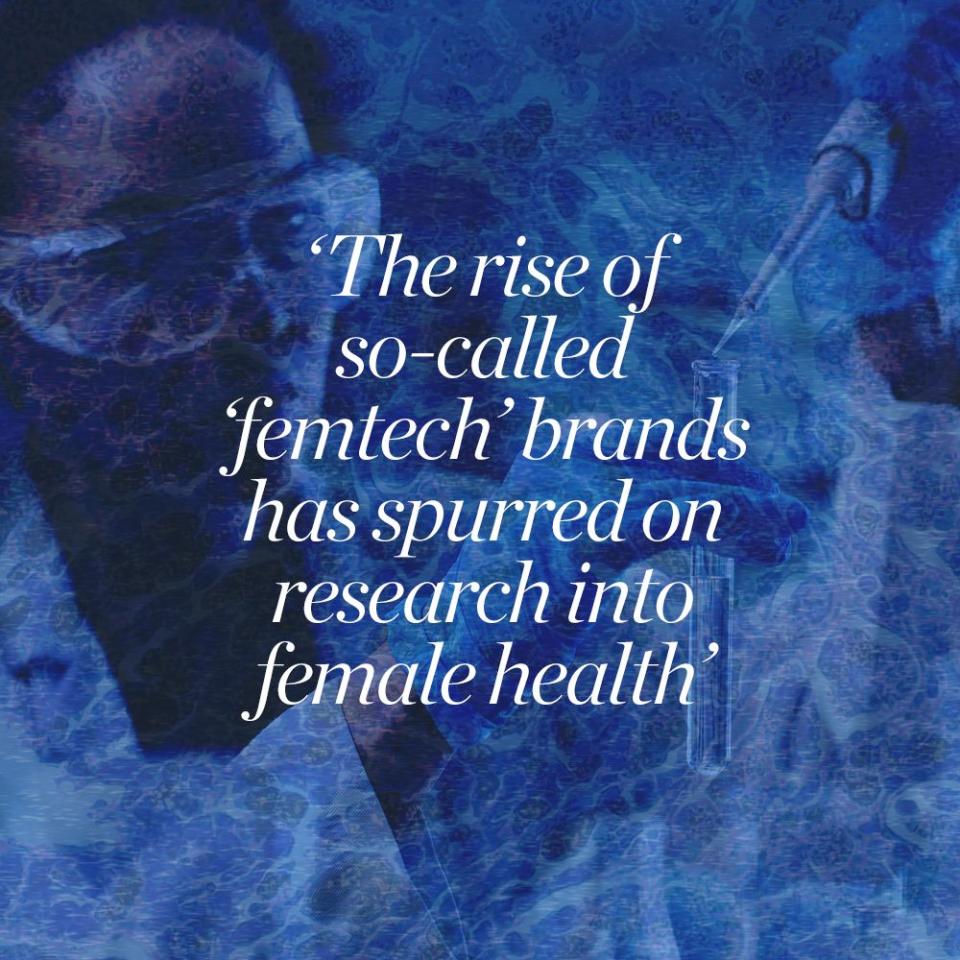
Take menstrual blood, for example. Despite containing much of the same cells and markers as you’d get in blood drawn from your arm, plus endometrial tissue, it’s largely been ignored in medical research historically. But it could hold untapped insights into women’s health. The US biotech brand Qvin has just received FDA approval for its diagnostic menstrual pad, which is able to diagnose and offer information on women’s health concerns, such as perimenopause, endometriosis, fertility and thyroid, as well as anaemia and diabetes. Another brand, Yoni Health, is building Europe’s first menstrual blood bank, also in the hope of furthering this neglected area of research.
After all, research doesn’t just happen because it ‘should’ – there needs, as ever, to be a financial imperative for it. ‘It might feel uncomfortably cynical to think of healthcare as a capitalist system, especially when we’ve grown up with an ostensibly free-at-the-point-of-service system in the UK, but that’s how it works,’ says Sula Windgassen, a health psychologist who specialises in supporting people dealing with chronic illnesses, stress, burnout and trauma, often arising from female medical conditions. That our experiences are now taking up more space – on social media and column inches – all feeds momentum. ‘The more people there are aware of the suffering, the more scope there is for profit from the companies who want to plug that gap,’ she says.
Heads in the game
It doesn’t take someone with world-class qualifications to join the dots between the historic male domination of science and technology and the limited progress in the research of – and treatments for – female health conditions. So, there’s an argument that recent advances have arisen thanks, in no small part, to women occupying more seats at the table in scientific institutions. Women make up 28% of the Stem workforce in the US, where much of the femtech boom originated, while the proportion of UK women in science sits at 26%, an increase of 5% from 2016.
There are sometimes – not always – grindingly personal experiences of conditions intertwined with the origins of these new devices. It was only after talking to a friend with endometriosis (which, incidentally, she also suffers with) that Dr Guinn thought to use her research speciality to learn more about it. Meanwhile, after seeking an STI test and doctor’s appointment in 2017, Valentina Milanova – Daye’s founder – was inspired to make STI diagnostics fit for the reality of women’s busy lives. ‘I had to go to a walk-in clinic on the weekend and wait hours to be seen,’ she says. ‘I was in pain for a long time, as I had symptoms I couldn’t manage until I got antibiotics.’
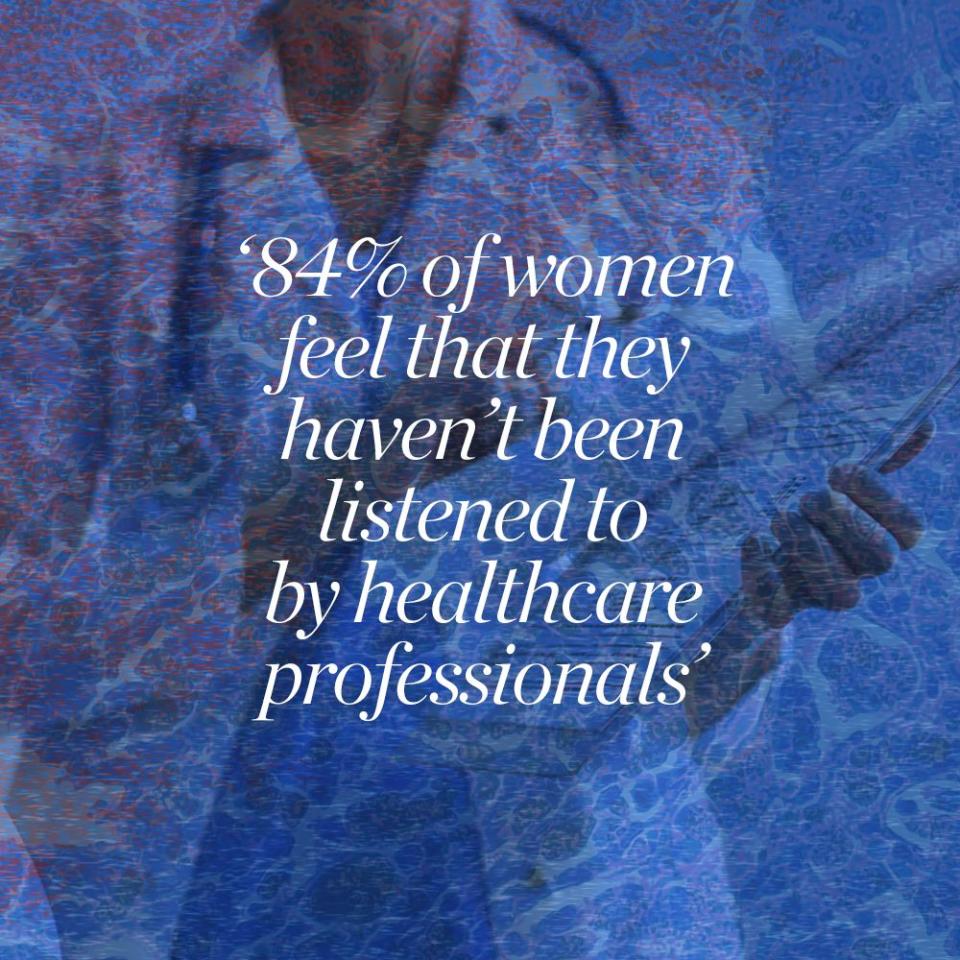
People like Milanova having the capacity to direct research efforts based on their own experiences is vital to putting women’s healthcare front and centre. But, shockingly, her research into STI tampons wasn’t exactly a revelation. ‘We’ve known since the 1990s that tampons are a better sample collection method for STIs – particularly chlamydia – compared [with] the swab. But this innovation didn’t receive enough funding, so it was never commercialised,’ she says.
That it has now could be seen as cause for cautious celebration. But there are still further hurdles. ‘It took us four years to complete our own clinical trials and to obtain regulatory approvals for the STI tampon,’ she explains. ‘There’s a complicated regulatory framework you have to go through, which doesn’t recognise women’s health products like tampons as medical devices.’
To be clear: while female-focused biotech is booming (predicted to grow from $6.69bn (£5.28bn) in 2023 to $20.59bn (£16.25bn) by 2030), it’s not like we’ve crossed the threshold into an era where investing in tests for the sources of – and treatment of – women’s pain is deemed ‘worth it’. Just look at the speculum. The tool used to allow health practitioners access to your vagina and cervix has a dark history (examinations were enforced on any woman suspected of being a sex worker in the 1800s in a bid to stop the spread of STIs) and archaic connotations (until last year, the smallest instruments were known as virgin speculums).
It remains a key part of cervical cancer screening, in which a speculum is used to open up the vagina, allowing the nurse to take a sample of the cervical cells. And according to Jo’s Cervical Cancer charity, 36% of UK women report pain during their cervical smears: a factor linked to 25% of women not attending screenings – meaning abnormal HPV cells, including those that pose a high risk for future development of cervical cancer, go unmonitored.
An alternative, founded by female designers and engineers, was unveiled in 2019. Unlike the aforementioned, ‘Yona’ doesn’t have screws that stick out and pinch your vaginal wall or make any ratcheting, clicking sounds. And the silicone cover makes insertion much more comfortable. And yet, its makers still don’t have partners to ready it for distribution. ‘The lack of funding for mass market implementation is unfortunate; these tools could encourage more women to undergo regular screenings, ultimately contributing to early detection and prevention of cervical abnormalities,’ notes Amit Shah, a gynaecologist and co-founder of Fertility Plus, a clinic on London’s Harley Street.
Out with the old
Whether these innovations will make a real difference for you and I is complicated. When WH asked about the timeline for rolling out innovations in diagnostics (including the new endometriosis urine test) at the government’s Women’s Health Summit in January, Health Secretary Victoria Atkins offered no dates. Instead, she stressed the need for new treatment pathways, referring to the £50m of new funding for women’s healthcare innovation.
Dr Guinn was more forthcoming; she’s hoping GPs will have access to the urine test within two years. The swab for womb cancer will be commercially available in Austria and Switzerland this year, with developers currently working to make it available in the UK, too. Researchers behind the robot mammogram tell WH it’ll be at least eight to 10 years before it’s available to the public. (In the UK, all medical devices require approval by the British Standards Institute, while NICE evaluates diagnostic tools for a minimum of 63 weeks before they’re used by the NHS.)
Then there’s the reality that while new technologies are important, a hangover in traditional treatments – like how IUD fittings don’t offer anaesthetic as standard, yet colonoscopies (a treatment men also have) do – still exist. To make things worse, a male contraceptive injection, dubbed ADAM (official name Contraline) is being developed with anaesthetic as standard. You can imagine how the news and its message – women’s suffering is fine; men’s comfort must be protected at all costs – landed online.
‘If that’s the place we’re starting from, we’re already on the back foot when a diagnostic procedure is performed,’ says Dr Windgassen. ‘If a man reported pain when undergoing a clinical procedure, it would arouse more clinical consideration.’ If that sounds a little strong, may I point you to the landmark 2001 ‘Girl Who Cried Pain’ study, in which US researchers found women were more likely to be given sedatives rather than painkillers when reporting pain. A two-decade follow-up, published in 2022, found that practitioner bias, lack of education and difficulty diagnosing women meant they still receive comparably worse treatment for pain than men.
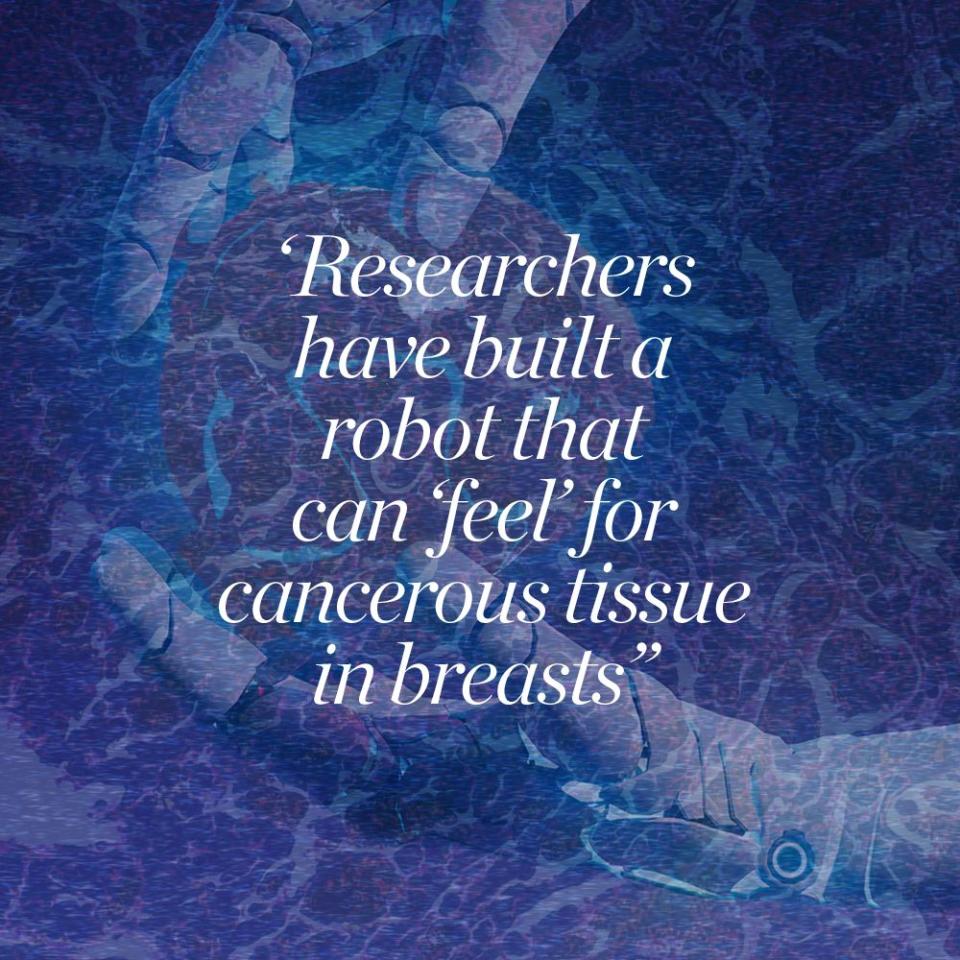
The problems are vast, deep and systemic. In the face of which it can be hard to work out: what do I need to do? Below I’ve asked experts for their guidance on some of the gnarliest diagnostic procedures women face. I really hope they help. As for me? Six months after being referred for surgery, I’m still waiting for the letter with an appointment date. I was previously chasing up the clinic with regular calls –
but not anymore. Partly because relentless self-advocacy is wearing. But also because the reality of surgery has been weighing on my mind. I’m a freelance writer and fitness instructor, I don’t get paid sick days and I’m anxious about taking time off work to recover from diagnostic surgery that might not even find anything.
I’m weighing up what’s worse: not knowing the cause of my pain or going through surgery to have it diagnosed. A pick-your-poison roulette I’m subject to because I’m a woman. I sincerely hope these innovations mean the next generation won’t endure its torment.
Diagnosis survival guide
Leading experts on self-advocacy and how to cope
Getting a smear
Imperfect as the process may be, don’t ignore your invitation. ‘Communication with your doctor or practitioner is key for preventing pain and fear during smears – especially if you’ve had negative experiences in the past,’ says Dr Shah. ‘Scheduling the test during a time in the menstrual cycle when the cervix is less sensitive can also help the experience feel more comfortable. It tends to be at its most sensitive around ovulation and is easier to swab around seven
to 10 days before your period.’
Talk through having a mammogram…
‘The nature of your tissue being squeezed during a mammogram means some pain is likely,’ says Dr Windgassen. ‘One way to lessen discomfort is to intentionally clarify why we’re experiencing pain while making the distinction that this doesn’t equate to harm,’ she says, adding that doing so stops your brain from amplifying the sensation of pain. ‘Discuss fears with your practitioner, who can explain the procedure to calm your nerves.’
Manage endometriosis symptoms...
My number-one learning? Request differences of opinion between you and your doctor be put on record and bring someone to appointments who can ask questions. Pain-wise, there’s not much that can stop physical pain from diagnostic – and subsequent – surgery and recovery, but managing expectations can help. ‘Many think their pain will be gone straight after surgery, but tissue damage affects the same pain networks,’ says Dr Windgassen. ‘Thinking that the operation has failed can exacerbate pain – lean into comforts to recalibrate pain sensations.’
Loved this article? Check out these other Deep Dives...
Cut through the noise and get practical, expert advice, home workouts, easy nutrition and more direct to your inbox. Sign up to the WOMEN'S HEALTH NEWSLETTER
You Might Also Like




